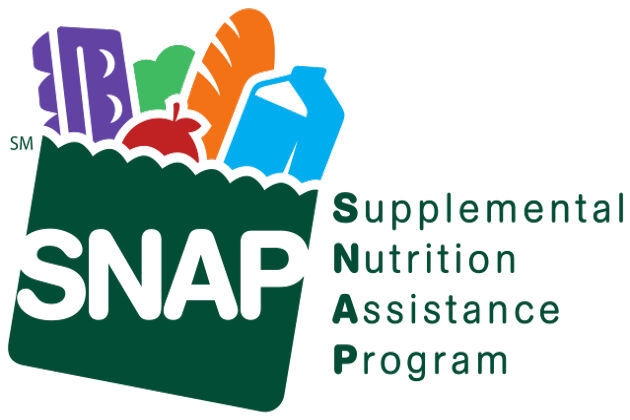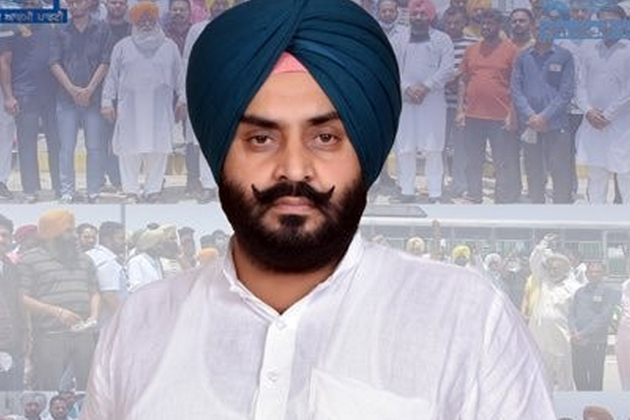2LT International News
SNAP funding faces new delay amid US government shutdown
Nov 10, 2025
BOSTON, Massachusetts: The U.S. Supreme Court this week granted the Trump administration’s emergency request to temporarily block a lower court order that required full funding of SNAP food aid payments during the ongoing government shutdown.
The order came even as residents in several states had already begun receiving their benefits.
A federal judge had earlier given the administration until November 7 to distribute full monthly payments under the Supplemental Nutrition Assistance Program (SNAP). However, administration officials appealed the decision, arguing they should not be forced to spend more than the limited funds available in a contingency reserve. They sought permission to continue with partial payments until more funds could be secured.
When a Boston appeals court refused to immediately halt the lower court’s order, Supreme Court Justice Ketanji Brown Jackson stepped in late at night. She temporarily paused the requirement to issue full SNAP payments while the appeals court considers whether to extend the pause more permanently. Jackson, who handles emergency requests from Massachusetts, said her order would remain in place for 48 hours after the appeals court’s decision, giving the administration time to return to the Supreme Court if necessary.
The SNAP program provides food assistance to roughly one in eight Americans, primarily those with low incomes. Officials in multiple states said they had already distributed full benefits for November by November 7, but Jackson’s order could halt payments in other states that had not yet processed them.
In Wisconsin, for example, more than US$104 million in SNAP benefits for 337,000 households were loaded onto electronic cards shortly after midnight. Democratic Governor Tony Evers’ office said the state acted swiftly after the court order issued a day earlier. Similarly, Oregon Governor Tina Kotek said state workers “worked through the night” to ensure families received their full benefits. In Hawaii, officials moved quickly to process payments once the court ruling came through, anticipating a possible reversal.
The Trump administration criticized states for rushing to issue payments, arguing that they were attempting to claim a portion of the remaining federal funds before any appeals could be filed. Solicitor General D. John Sauer told the Supreme Court that once those funds were distributed, “there is no ready mechanism for the government to recover those funds.”
Other states, including California, Kansas, New Jersey, Pennsylvania, and Washington, also confirmed they had distributed full payments, while some said they were waiting for further federal guidance.
The court battle has deepened uncertainty for millions of Americans who depend on SNAP to afford groceries. Individuals can receive up to about $300 a month in benefits, while families of four can receive close to $1,000, depending on income.
For many, the confusion meant anxiety and hardship. In Newark, New Jersey, single mother Jasmen Youngbey said her SNAP account showed a zero balance as she waited in line at a food pantry. “Not everybody has cash to pull out, especially with food costs right now,” she said. Later that day, her benefits finally arrived.
Meanwhile, several states—including Colorado, Massachusetts, New York, and New Hampshire—said they expected to distribute full benefits over the weekend. Others, like Delaware, began using state funds to provide temporary relief to struggling families.







